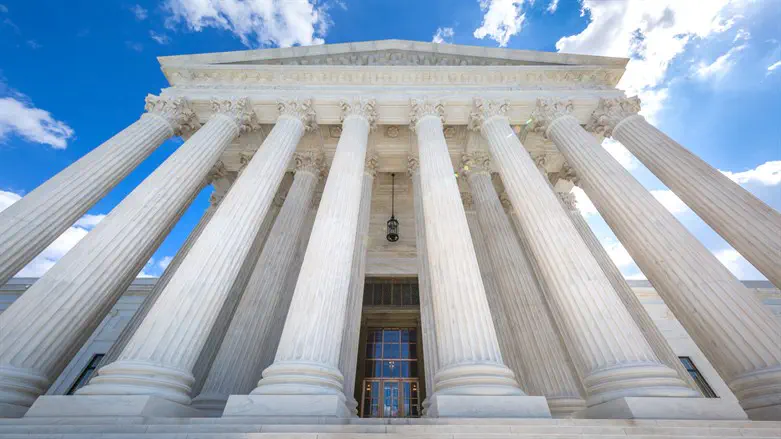
The US Supreme Court is set to decide the fate of a 19th century painting seized from a Jewish woman by the Nazis.
In 1939, Lilly Cassirer Neubauer was forced to give the painting “Rue Saint-Honoré in the Afternoon. Effect of Rain” by Camille Pissarro to a Nazi official in order to gain a visa to leave Germany.
Twenty years later, Neubauer received a nominal amount of money as a reparation from the German government, who believed the painting had been destroyed.
But decades later, Lilly Cassirer Neubauer’s grandson Claude Cassierer found the painting at Madrid’s Thyssen-Bornemisza National Museum where it has been on display since 1993.
After years of attempts to use the US court system to retrieve the painting, the family is now asking the Supreme Court to decided if the case can be settled under California law – the jurisdiction in which the family sued – or whether the fate of the painting falls under Spanish law.
According to California law, “thieves cannot pass good title to anyone, including a good faith purchaser,” the legal team representing David Cassirer and the Jewish Federation of San Diego County wrote in a court document.
During a Tuesday hearing, several Supreme Court justices sided with the family, saying that as they filed their legal claim in California, the suit falls under California law, the Los Angeles Times reported.
But in 2021, the US 9th Circuit Court of Appeals sided with a federal judge in Los Angeles that the painting belonged to the Spanish museum based on Spanish law.
The painting was acquired by a Beverly Hills art gallery in 1951 who then sold it in 1976 to Baron Hans Heinrich von Thyssen-Bornemisza, a Swiss art collector who in 1993 sold his paintings for $340 million to Spain where they would become part of the collection at the newly opened Thyssen-Bornemisza National Museum.
After Lilly Cassirer Neubauer passed away, the rights to the painting went to her grandson Claude, who in 2000 discovered the painting at the Madrid museum.
In 2005, after the Spanish government refused to hear his case, he filed a lawsuit in federal court in order to retrieve the painting which is worth an estimated $30 million.
Years of litigation followed, with the museum attempting to have the case thrown out of court under the Foreign Sovereign Immunities Act of 1976.
“In light of Spain’s policy position as evidenced by its adoption of these international agreements, it is clear that the specific, targeted interests of California and the United States in allowing claims against museums for the return of Nazi stolen artworks would be ‘more impaired,’ by enforcement of Spain’s adverse possession rule, as compared to Spain’s interest in enforcing that general rule of property law,” the family’s lawyers said. “Under proper application of California choice-of-law rules, California substantive law must be applied in this case, and the Cassirers’ claim to the Painting upheld.”
